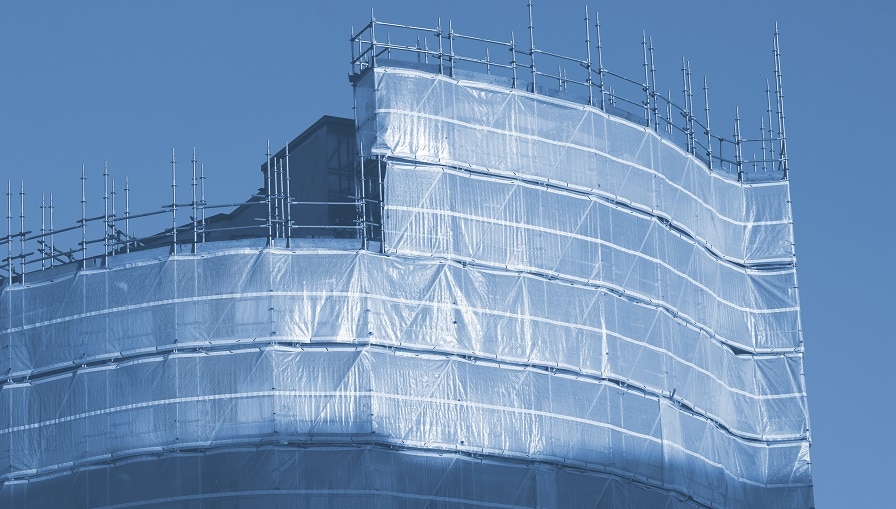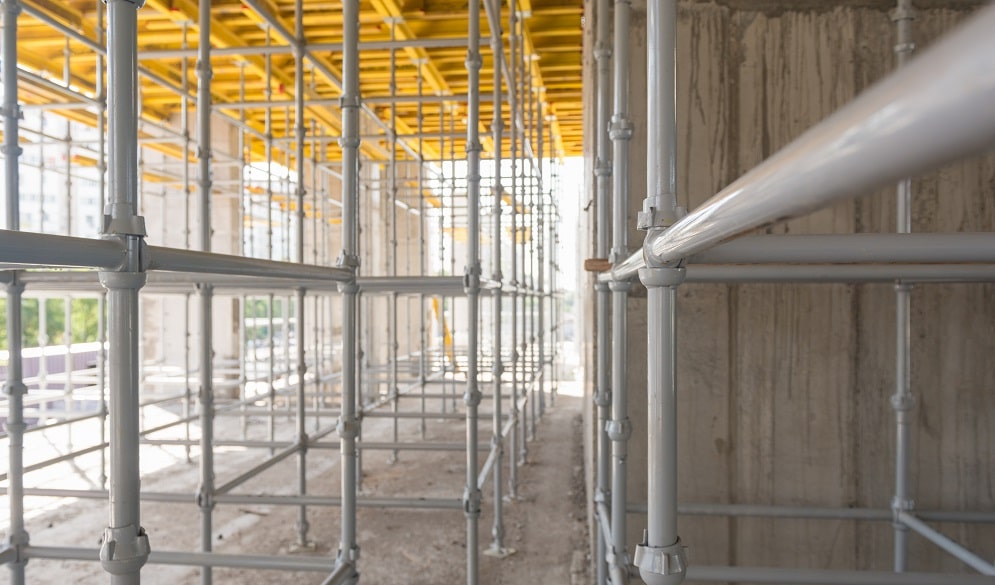If you work in construction, you are in one of the most dangerous, injury- and accident-prone industries. Because of the nature of the work being carried out, you are more at risk of a workplace injury than people who work in other industries.
According to recent reports from the HSE, the construction industry makes up the majority of work-related fatalities. On average, there are up to 30 construction-related deaths each year. This only goes to further reiterate that the construction industry has a really high accident rate.
While it is true that some injuries are less serious than others, it is vital to still protect yourself against injury. Here, we look at some of the top 12 tips that can help you stay safe when working on construction sites.
Keep away from operating machinery
During breaks, it is normal for workers to form a cluster in the common area. This can be dangerous if there is operating machinery nearby. While chances are nothing will happen, it is best to stay away from such locations and stay safe. This is why we recommend that you stay away from operating machinery.
Inspect equipment and tools regularly
Without the right tools and types of equipment, it would be difficult to complete your work efficiently. Broken and faulty equipment can result in delays, and even worse, accidents and injuries.
So, check your tools and equipment regularly to make sure they’re not faulty and won’t malfunction. Identifying problems and making sure they are resolved is your responsibility as a competent worker.
Always have PPE on
Before you get on a project site, make sure that you have the required personal protective equipment (PPE) on. This is one of the most cost-effective and easiest ways to stay safe and prevent on-site injuries. In case of accidents or injuries, your PPE acts as a final safeguard.
Your PPE gear should include safety boots, gloves, eye protection, safety helmets and hi-vis clothing at the least. You may add respiratory masks, chemical suits, and soundproof earmuffs for extra protection. To get familiar with the appropriate work gear for your job, read the PPP at Work Regulations of 1992.
Do not use damaged equipment
Working with damaged or malfunctioning equipment is one of the most dangerous things you can do on construction sites. Construction workers often use any available equipment regardless of its functionality. However, damaged parts such as worn out cords, cables or harnesses are just potential accidents waiting to cause injury.
Always lift objects properly
Back strains and aches can be a construction worker’s worst nightmare. They don’t only prevent you from doing your job but are also uncomfortable and very painful. Back strains and aches can be prevented if you bend your knees when lifting heavy objects and avoid twisting from side to side. It is also important to keep one leg positioned in front of the other, so your body is balanced and you have more ground space to lift from.
Report near misses and defects
If you notice a problem, it should not be ignored. Any issues you encounter should be reported to your supervisor. This ensures that the required action is taken immediately. Solving problems quickly on construction sites means that the chances of accidents happening will be greatly reduced.
Keep work areas neat
It would be unrealistic to keep a construction site super tidy and clean, but you can greatly reduce the risk of an accident occurring by simply putting away materials and tools properly. Dangerous chemicals being left open with no lids, loose nails on the floor, and other similar things can cause serious accidents.
A simple brick can cause severe injury if you trip over it while carrying heavy or hazardous materials. For this reason, walkways must be free of obstructions at all times
Complete health and safety training
Every construction worker is expected to have the relevant health and safety training for their job. If you work at heights or in small spaces with heavy machinery, you should be knowledgeable about the risks associated with your job. Training on first aid and emergency treatment is also important for everyone on the site.
The NEBOSH construction certificate is a specially designed course on health and safety that offers a wide variety of skills for construction workers. Completing such a course would allow you, as a construction worker, to work safely.
Keep your first aid kit updated
Chances are, if your first aid kit hasn’t been updated in years, you will be carrying around medications that are past their sell-by date. Despite best made plans, accidents tend to happen on construction sites.
Stay prepared with an updated first aid kit. Some of the things your first aid kit should contain include: disinfectants, painkillers, bandages, gauze, rubbing alcohol, sterilised gloves, and so on.
Be careful when climbing off and on equipment.
One of the most common construction site injuries happens when a construction worker climbs off or on machinery. Before making the climb, we recommend you get mud cleaned off your boots and wear gloves so your grip is decent.
It is also necessary to use a three-point stance, which stops you from losing your footing. Don’t overextend your body or carry heavy items while mounting or dismounting equipment. Most importantly, avoid the temptation to jump down, as this can actually cause injuries.
Make use of technology
Technology is an essential part of the present world. More people are using mobile phones in the UK than before. Many adults now opt for smartphones. Smartphones perform a wide range of functions, beyond the basic calling, texting and emailing. As such, smartphone applications like the StaySafe app help to make construction work and project sites safer.
This app comes with panic buttons, as well as alerts and warnings that every construction worker will find handy. It’s the ideal monitoring system to ensure the safety of workers on site. You can also do project management and share risk assessment via the StaySafe App.
When in doubt – ask
It is better to be safe than sorry. On construction sites, minor errors can be costly. Therefore, if there is anything you are unclear about, don’t hesitate to talk to your project supervisor about it.














